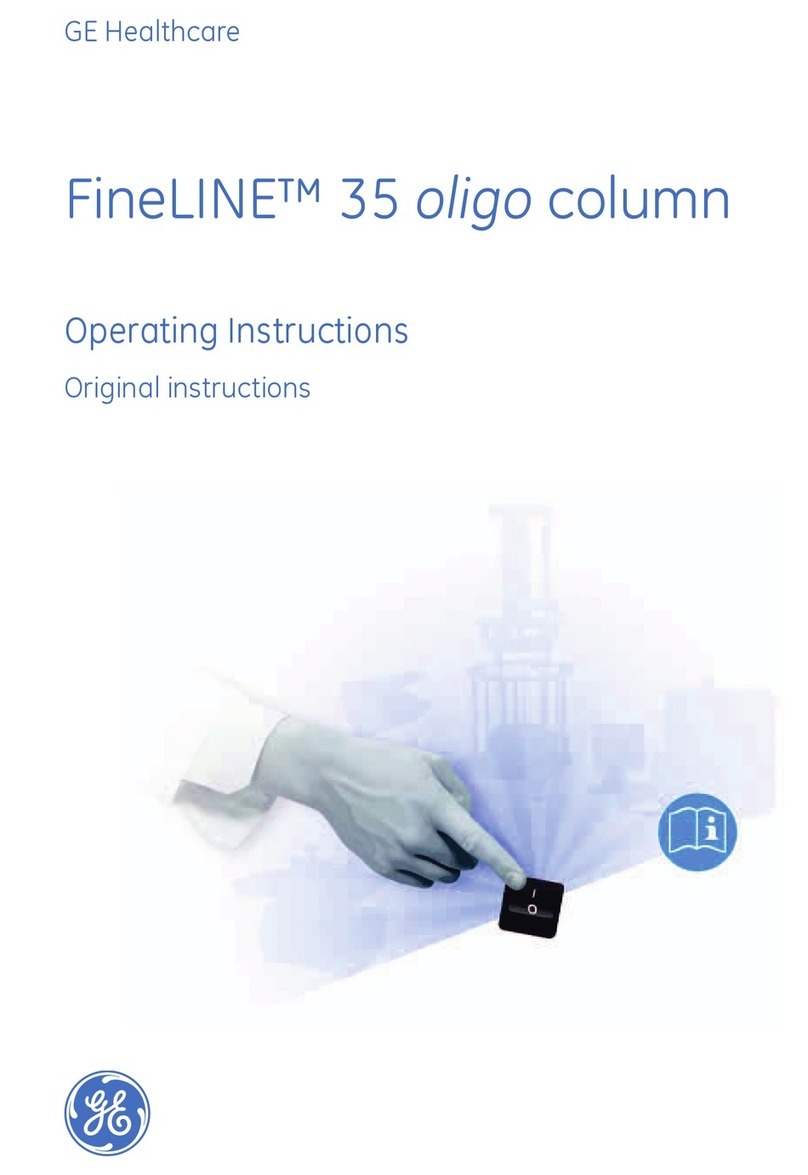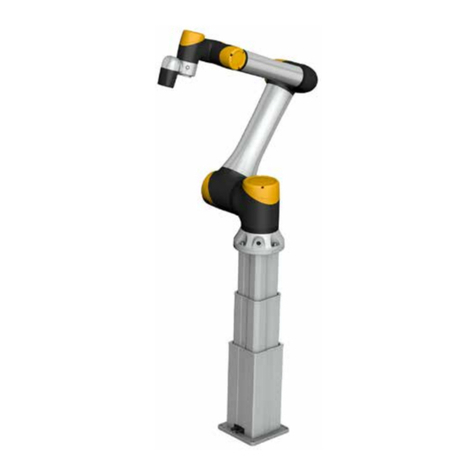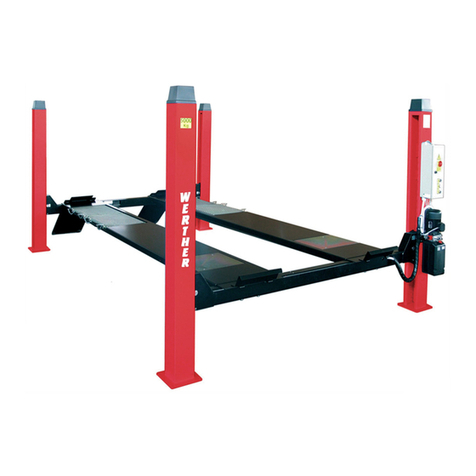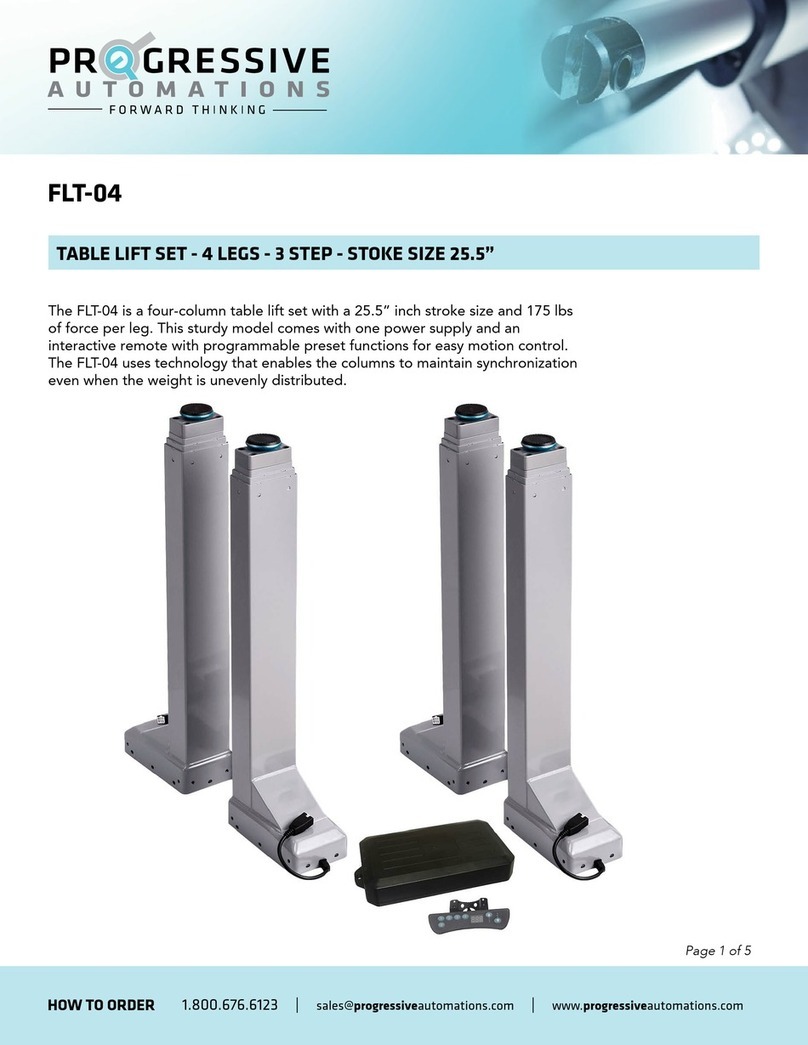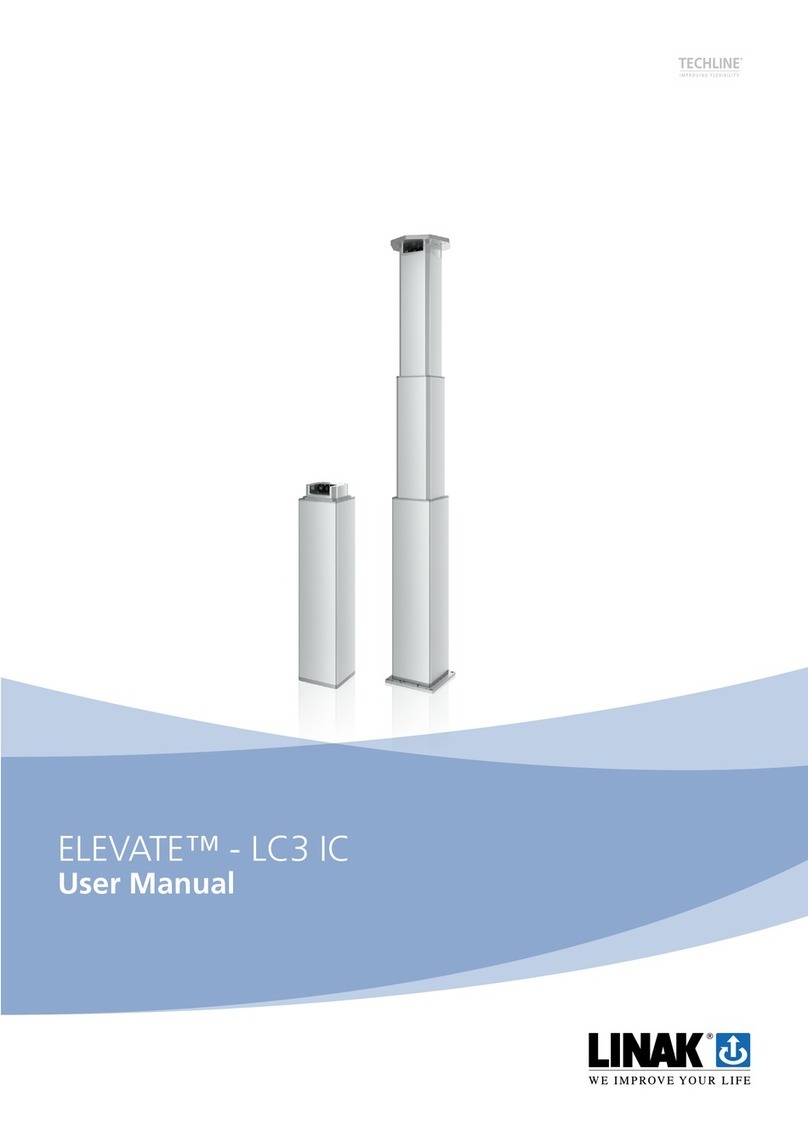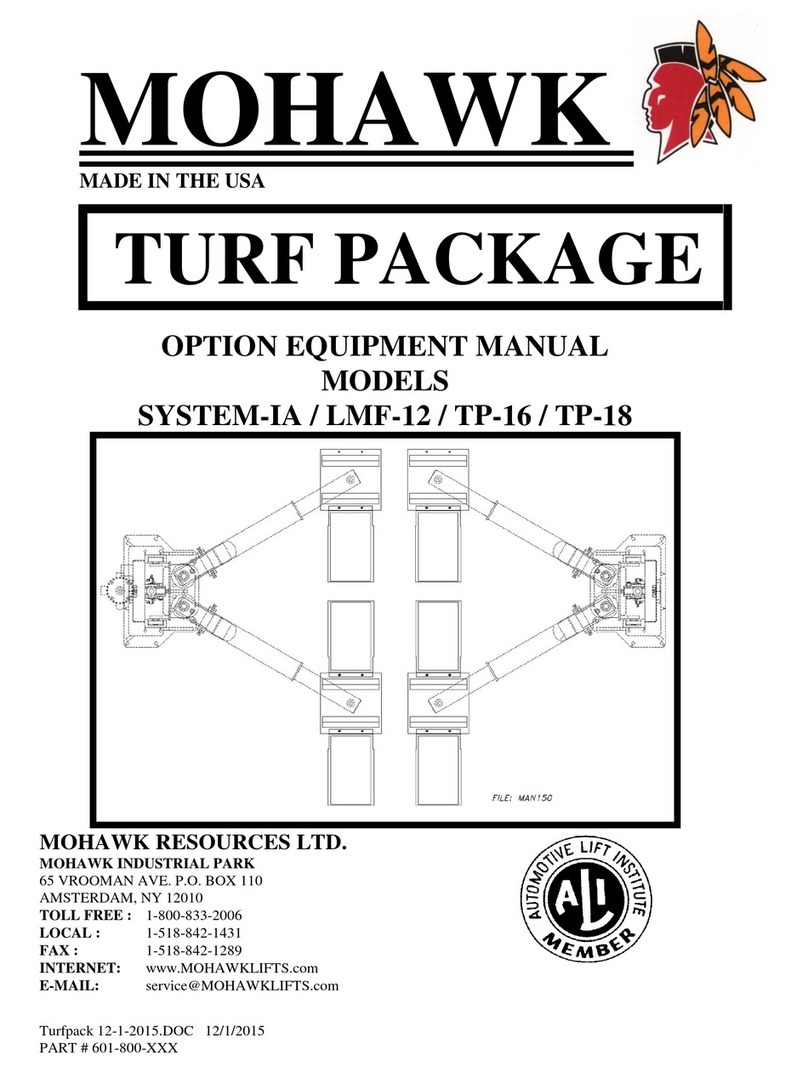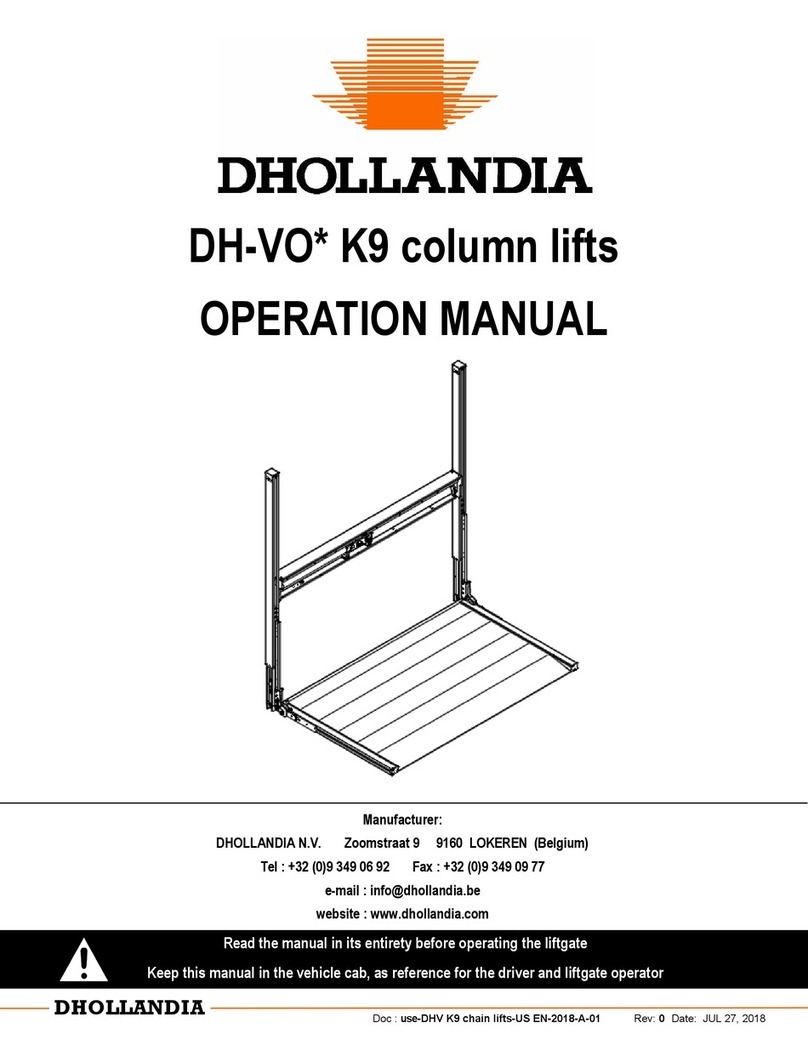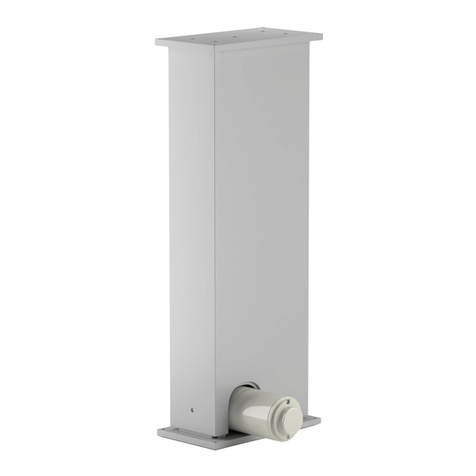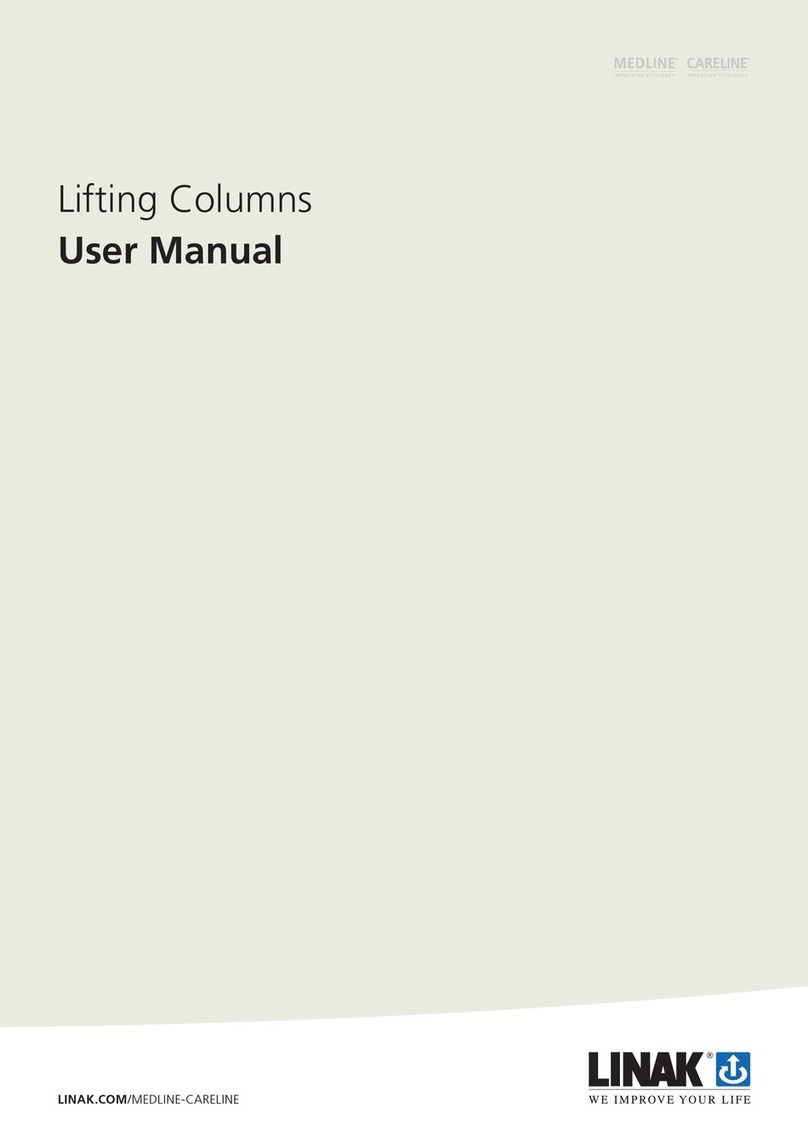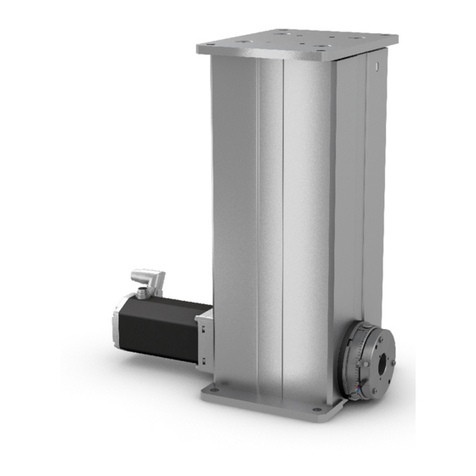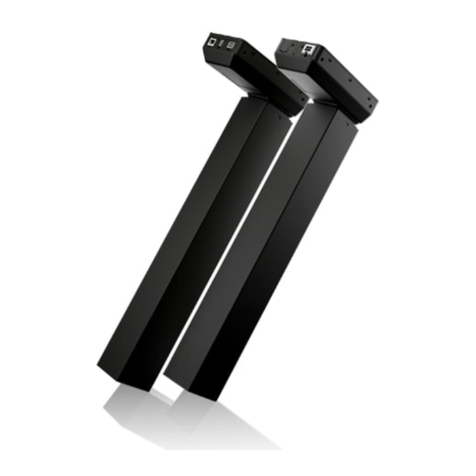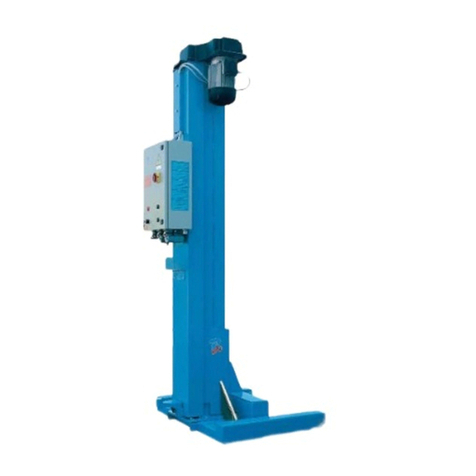TABLE OF CONTENTS
1UNDERSTANDING SAFETY AND WARNING SIGNS..................................................................................................................2
2CONTACT INFORMATION AND DISCLAIMERS..........................................................................................................................3
3GENERAL INTRODUCTION .........................................................................................................................................................4
4INTENDED USE ............................................................................................................................................................................4
5IDENTIFICATION...........................................................................................................................................................................5
6DESCRIPTION AND HYDRAULIC RAMP TERMINOLOGY .........................................................................................................6
6.1 General .................................................................................................................................................................................6
6.2 Safety devices.....................................................................................................................................................................14
7SAFETY INSTRUCTIONS FOR USING THE HYDRAULIC RAMP .............................................................................................17
7.1 DO NOT use hydraulic ramp without adequate safety and operator training ......................................................................17
7.2 General safety instructions..................................................................................................................................................17
7.3 Danger zones, risk of crush and shear injury ......................................................................................................................21
7.4 Safe operator position .........................................................................................................................................................23
7.5 Recommended daily pre-trip inspection..............................................................................................................................24
7.6 Importance of preventative maintenance ............................................................................................................................25
8LOAD CHARTS AND CORRECT LOADING PROCEDURES.....................................................................................................26
8.1 General ...............................................................................................................................................................................26
8.2 Instructions for working at loading docks ............................................................................................................................27
9OPERATING INSTRUCTIONS - PRINCIPLES AND PROCEDURES.........................................................................................28
9.1 General ...............................................................................................................................................................................28
9.2 Switching the main power on / off .......................................................................................................................................28
9.3 Operating instructions for DH-AR1* ramps..........................................................................................................................29
9.4 Operating instructions for DH-AR2* ramps..........................................................................................................................32
9.5 Operating instructions for DH-AR3* / AR4* ramps .............................................................................................................35
9.6 The use of hydraulic side-shift [option OAH803] .................................................................................................................40
9.7 The use of hydraulic stabilising legs....................................................................................................................................41
10 DECALS.......................................................................................................................................................................................42
11 MEANING OF SAFETY AND WARNING SIGNS ........................................................................................................................43
12 END NOTE ..................................................................................................................................................................................45

